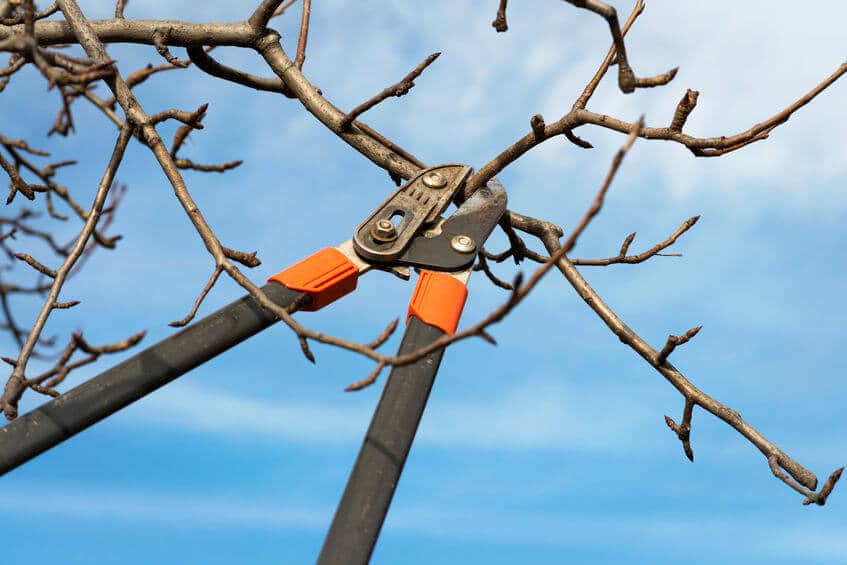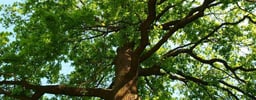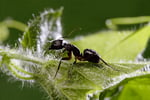Tips on Identifying Carpenter Ants
How Do I Know if I Have Carpenter Ants or Termites?
- Wood shavings near cracks in moldings and sidings may be a good indication to dig deeper to decide whether you have carpenter ants. Carpenter ants don't eat wood, as is often thought. They hollow out tunnels and galleries and push the coarse remnants of material out of the nest in cone-shaped piles. The refuse resembles pencil shavings.
- Look for carpenter ants during the evening walking around in the open. Unlike termites, carpenter ants can often be seen in the open, foraging for food and water. That's the whole reason they're in your house: they're looking for sweets or other morsels to feed on. They will create trails on the surface of grass from trees or stumps where they live to your home or the site where they are feeding.
- If you think your home is infested by carpenter ants, then hold a stethoscope (or press your ear to a drinking glass) against a wall. You may be able to hear carpenter ants rummaging around.
- Look for black or red ants. Some carpenter ants are both colors, and one common species is yellow and black.
- Among the most common species of black carpenter ant in North America, sizes vary between 5/16 inch to 1 inch.
- Winged queen: The queen is the largest ant in the colony, and can be as long as 1 inch
- Winged reproductives, males and females: About 3/4 inch
- Major workers: Among black carpenter ants, they range from 3/8 to 1/2 inch
- Minor workers: As small as 5/16 inch
Things to do to Keep Carpenter Ants Out of Your Home
- Keep trash and fire wood stored away from your home. Try to use up your cordwood regularly so there is not an attractive bungalow for the little black guys to take up housekeeping.
- Prune trees and shrubs back from your home. Carpenter ants will use them as an Interstate highway to get to the food or harborage that may be just on the other side of that nice siding.
- Treat trees and shrubs for honeydew-producing insects like aphids and scale.
Call or request an estimate online for FREE from Senske Pest Control today to help prevent carpenter ants and identify breached areas of invasion so you can prevent these nasty ants from entering your home. Try our regularly scheduled pest control program today.









